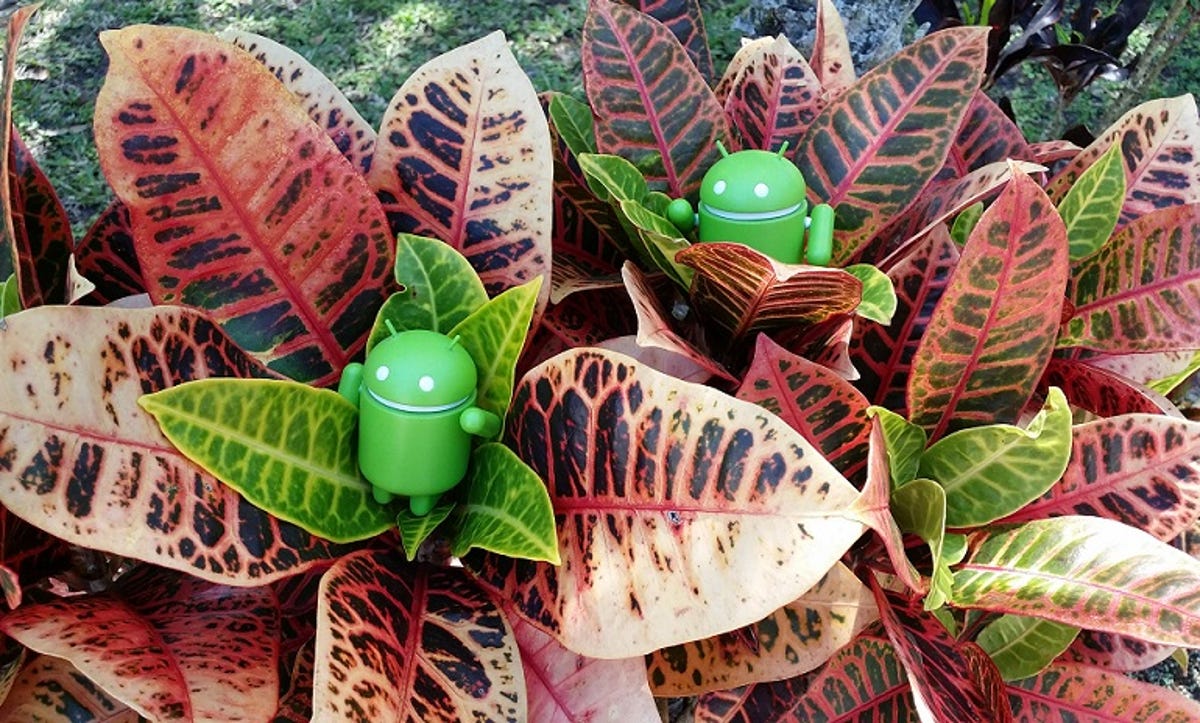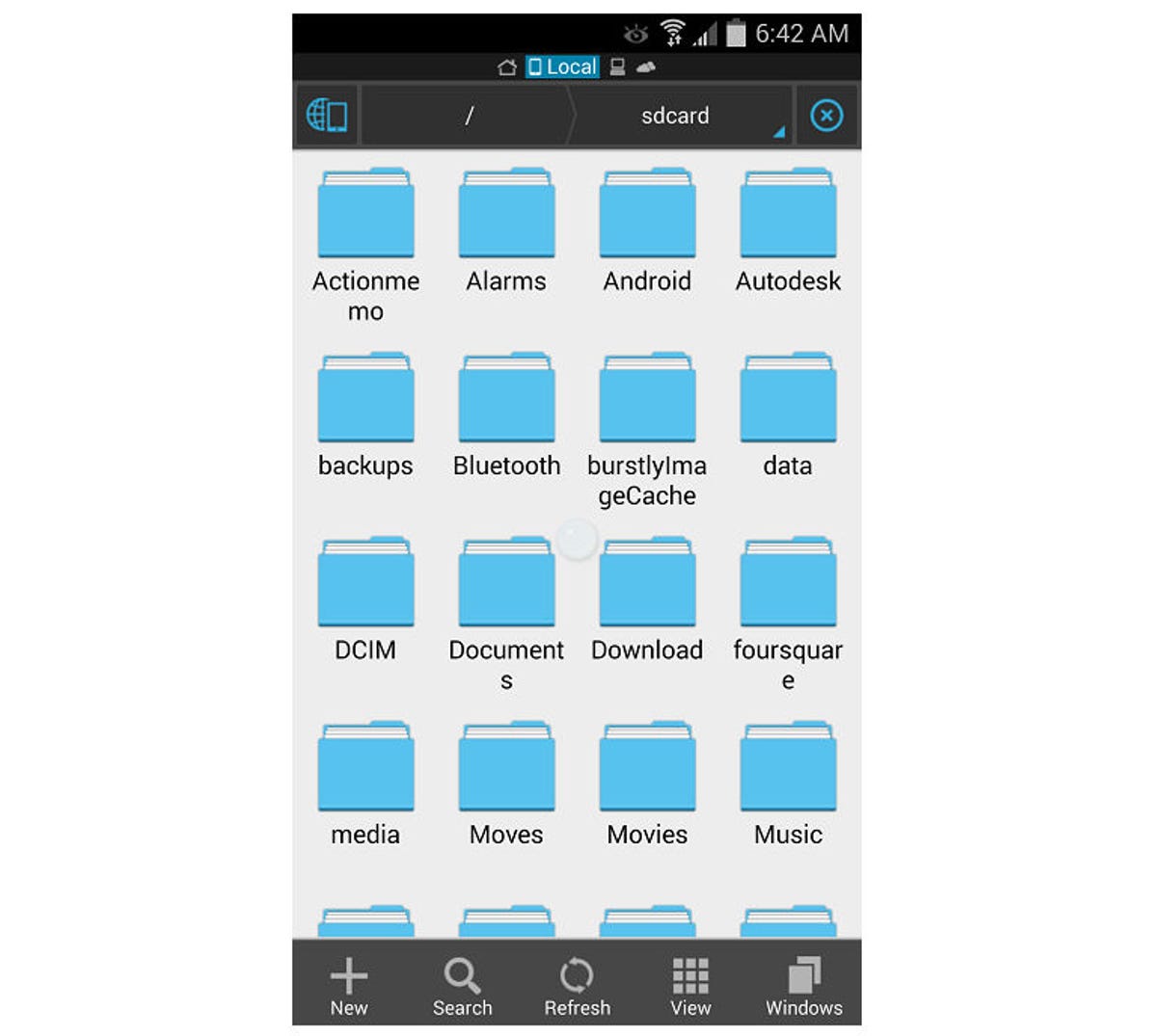
Photo by Nicole Cozma/CNET
Files you’ve downloaded, photos you’ve taken, as well as data stored by apps, are major contributors to unnecessary clutter on your Android device. By cleaning out a few things, you gain space for new apps, system updates, or maybe a larger portion of your music collection. Here are a few suggestions for taking back your internal and SD card storage:
Downloaded files
Your Android device contains a lot of personal information about you — maybe even more than anything else you own. How about those work documents that you grabbed from an email, or the photos you saved from that text? These types of files should be relocated to cloud storage like Google Drive or Dropbox.


Screenshot by Nicole Cozma/CNET
If you’re not sure what’s lurking in your storage areas — internal or SD — a file manager app can be used to explore your data. Some Android devices, like the Samsung Galaxy series, have a file manager app built-in. It’s nothing fancy, but it can get the job done.


Screenshot by Nicole Cozma/CNET
Not a fan of your stock file manager? Then try ES File Explorer. This app can integrate with cloud solutions such as: Google Drive, Dropbox, SkyDrive, and many others. Files can even be sent directly to your Windows desktop, if you like. As bonus, check out How to get the most free online storage.
Photos


Screenshot by Nicole Cozma/CNET
This is an easy area to regain some storage. Each image, depending on your camera specs, can take approximately 3 MB of space. Several of the cloud services will back up your entire Gallery as you add photos. Unless you need the originals at your disposal, it’s time to delete some of them. If you don’t have an automatic backup in place, you can also just connect your USB cable and move photos to your computer, or you can send the ones you want to keep to a cloud service individually.
App data clutter
When you install an app, it usually creates a folder that stores information like preference settings, images, or activity logs. However, that’s not all that gets stored on your device from apps. For instance, each time you watch a video on Instagram the data is cached (stored) on your device, which allows the video to load quickly if you try to view it again. But how many times are you going to watch the same video (unless it’s ridiculously funny or cute)? Bottom line: you can clean out this space and even schedule it to be cleaned up regularly on your device.


Screenshot by Nicole Cozma/CNET
- 1Tap Cleaner offers a widget to clear all cached files at once. With this app, you can see how much each app is storing in the cache, and you can clear your call and text logs. Additionally, you can uninstall apps without needing to use the Google Play Store.


Screenshot by Nicole Cozma/CNET
- Clean Master helps you delete cached files, along with miscellaneous files that are larger than 10 MB. The Memory Boost option closes apps you’re not using that are still running in the background.
Which area will you tackle first to create more space on your Android device?
Editors’ note: It’s spring cleaning time! This week’s theme: organizing your device. Check back every day this week to see how best to keep your devices clutter-free. And be sure to return next week for more spring cleaning tips and tricks.



